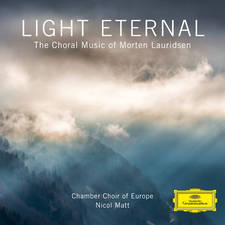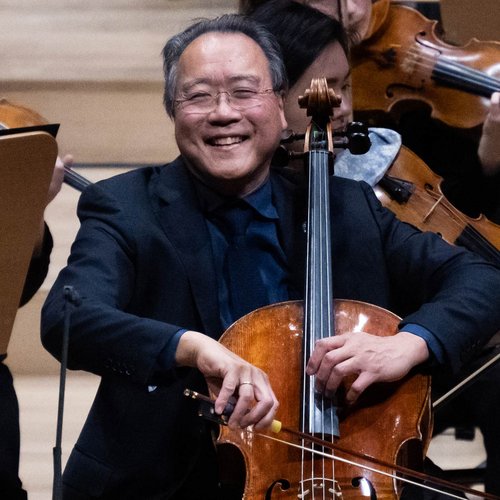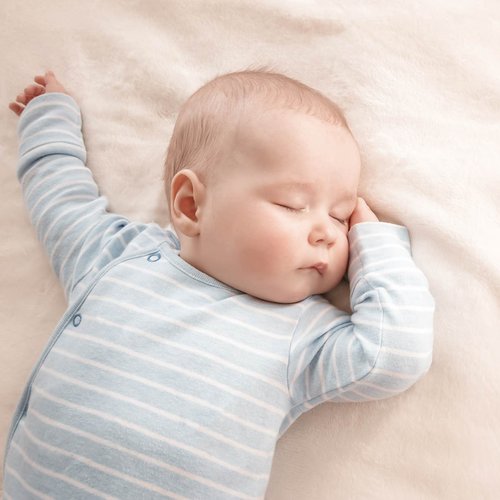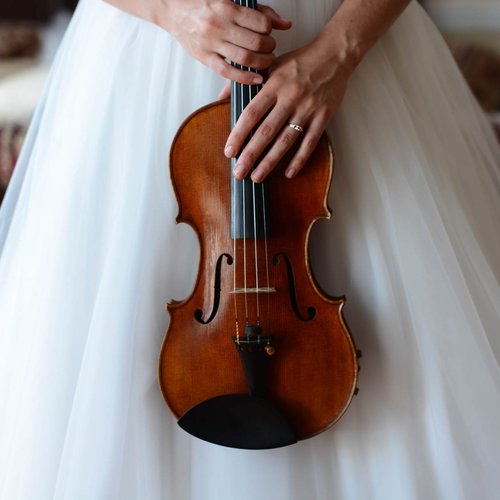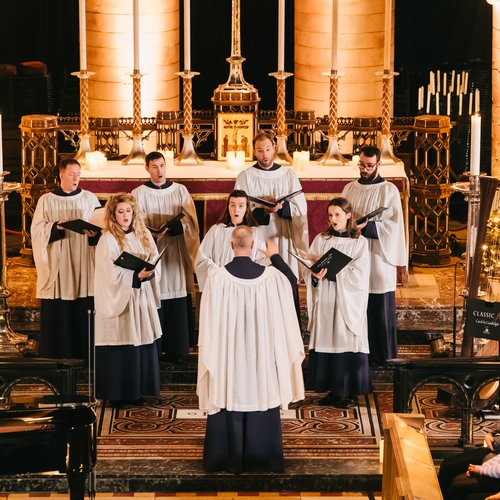A Christmas classic with solemn origins – this is the history of ‘The Little Drummer Boy’
16 December 2021, 12:42
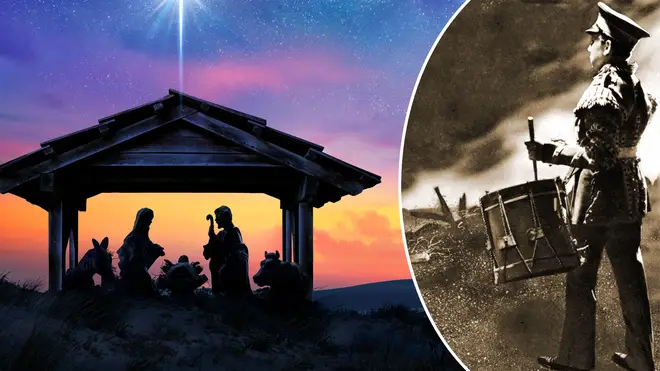
We explore the real meaning and history behind the ‘Little Drummer Boy’ made famous by the enduringly popular Christmas carol of the same name.
Listen to this article
As we approach December, the combination of words ‘little’, ‘drummer’, and ‘boy’ conveys a calm, catchy Christmas carol, comforting to the ears year in and year out.
“Pa-rum pum pum pum”, the carols chugs, “pa-rum pum pum pum…”.
But what is the carol, also known as ‘Carol of the Drum’, really about? And what is the history behind the ‘Little Drummer Boy’ character that it features? Let’s take a beat and find out…
Read more: Why do we sing Christmas carols?
The meaning and history of ‘Little Drummer Boys’
Drummers have been used in battle since the age of Genghis Khan’s 13th-century Mongol Hordes, right up to the early years of the 20th century, when modern warfare relegated them to the status of ceremonial use only.
The icon of the ‘drummer boy’ emerged, in its romanticised form, around the time of the US Civil War (1861-1865). Drummers were used on the battlefield to keep time, and regulate and maintain the marching of troops, as well as to provide different combinations of drum beats in military camps to communicate specific messages.
Their role demanded that they be at the front of the military action unarmed, so they were required to be incredibly brave and incredibly vulnerable.
Military drummers were not always young, but the stories of younger ones tend to stand out in the history books, simply because their strikingly young ages serve to make them all the more memorable.
In fact, many drummers that became famous served very young. A small Johnny Clem ran away from home at the age of nine to serve in the Union army, and rose up the ranks to become an officer, and then a general, after the US Civil War.
And another young drummer, Robert Hendershot, was dubbed the ‘Drummer Boy of the Rappahannock’ when he was made famous for serving heroically at the Battle of Fredericksburg and capturing Confederate soldiers, generating a piece of Union morale-boosting news from the front.
Read more: Origins of the ‘Twelve Days of Christmas’: the lyrics, numbers and timings explained

[Official Video] Little Drummer Boy - Pentatonix
Who is The Little Drummer Boy in the Christmas carol?
The Little Drummer Boy in the Christmas carol of the same name seems to carry the same brave and earnest attributes of the drummer boys romanticised by the US Civil War in the 19th century.
This drummer, though, is not an explicitly military character. In fact, the carol’s lyrics suggest he is a young drummer marching onwards to attend the birth of Jesus Christ. He is too poor to be able to present a gift to the son of God so, at the behest of the newborn’s mother, Mary, the young drummer continues to drum instead of giving a material gift.
“I played my best for Him, Then He smiled at me,” the lyrics say as the drummer gives the gift of his music.
Read more: What are the lyrics to Coventry Carol, and what are they really about?

Bing Crosby & David Bowie - "The Little Drummer Boy (Peace On Earth)"
What are the origins and history of the carol?
‘The Little Drummer Boy’ was written by American composer Katherine Kennicott Davis in 1941. It was first published with the title ‘Carol of the Drum’, and described as a ‘Czech carol freely transcribed by C.R.W. Robertson’ ( C.R.W. Robertson being a name Davis published under).
So it’s likely to have been based on a Czech melody, although the US musicologist Claire Fontijn wrote that Kennicott Davis was inspired by the old French Christmas carol, ‘Patapan’.
“When she was trying to take a nap, she was obsessed with this song that came into her head and it was supposed to have been inspired by a French song, ‘Patapan,’” Fontijn said. “And then ‘patapan’ translated in her mind to ‘pa-rum-pum-pum,’ and it took on a rhythm.”
The catchy ‘pa-rum-pum-pum’ stuck, and punctuated lines telling of the Little Drummer Boy visiting baby Jesus.
Given the timing of the carol’s publication, which occurred during the Second World War, it’s not a long bow to draw that a military nod in a carol would not have felt out of place in spite of the overall story of the lyrics. The carol’s sombre mood, and symbol of the little drummer’s resilience and determination, seems fitting.
The carol has been recorded by lots of high-profile artists over the years, including by the Trapp Family (1951), Johnny Cash (1963), Joan Baez (1966), Bing Crosby and David Bowie (1977 – watch above), and Justin Bieber (2011).
